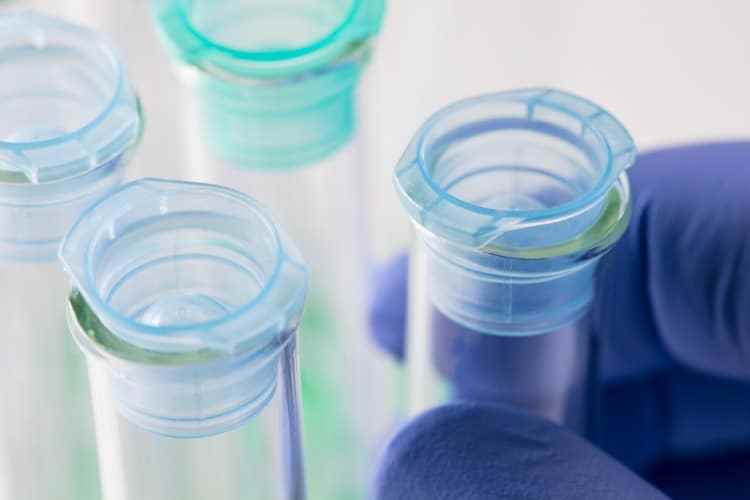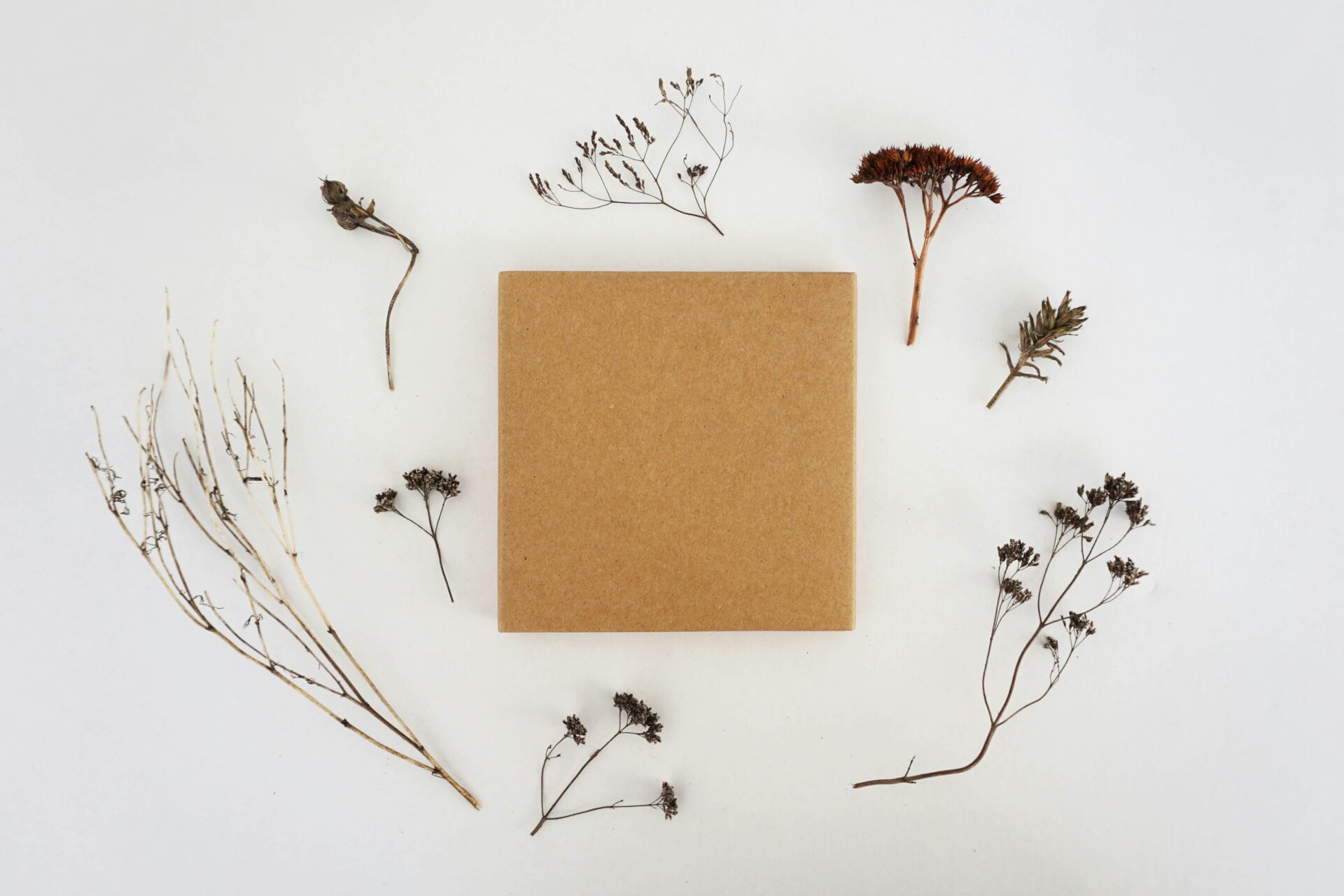
Easy to Understand Scientific Method Steps
June 21, 2019 - Emily Newton
Revolutionized is reader-supported. When you buy through links on our site, we may earn an affiliate commission. Learn more here.
The scientific method is an integral part of the scientific process, but to someone on the outside, it might seem like gibberish. Every scientist and researcher, in every single discipline in the world, uses scientific method steps. What makes this so important? Let’s take a closer look and simplify the steps in the scientific method for those without the benefit of a degree.
Step 1 — Make an Observation
The foundation of scientific experimentation is observation. Take a look at the world around you. Have you ever wondered what would happen if you did something, or mixed two substances, or stuck a fork in a wall socket? Then you’ve already mastered the first of the steps in the scientific method: observation. It might not seem like much, but every discovery in the history of research has started this way.
If you’re not sure where to begin, try the 5WH formula — that is, the who, what, where, why, when, which and how of the situation.
Step 2 — Ask a Question
Step two builds on the foundation you create in the first of the scientific method steps with your observations. That is, ask a question.
“What will happen if I mix baking soda and vinegar in a closed container?”
“What will happen if I put a marshmallow in the microwave?”
“Why do trees appear to turn their leaves toward the sky before a rainstorm?”
This question will become the basis for your experiment. During this step, you’ll also want to do some research on the topic. Not only will this make you more familiar with the basis of your experiment, but it will also prevent you from making the same mistakes as past scientists.
Step 3 — Create a Hypothesis
A hypothesis is essentially just an educated guess about what you think will happen during your experiment. Let’s go back to the baking soda and vinegar in a closed container that we mentioned earlier. Your hypothesis could look something like this:
“I think the mixture of baking soda and vinegar will generate enough carbon dioxide to pop the closed container open.”
“I don’t think the mixture of baking soda and vinegar will do anything inside a closed container. “
Your hypothesis has to be both testable and falsifiable — meaning there needs to be a possible negative answer. Notice we didn’t say the wrong answer. There are no wrong answers when it comes to the scientific method — just incorrect hypothesizes.
Step 4 — Test Your Hypothesis
Step four is the one everyone wants to jump straight into — blowing things up. No, we’re kidding. Step four is testing your hypothesis. Let’s go back to our baking soda/vinegar experiment. For this, all you need is a closable container, baking soda and vinegar. Measure your components, place them in the vessel, close it and then go back to step one — observe.
Analyze your experiment and its results. How long did it take to reach the conclusion you expected? Was your hypothesis totally off? After you’ve determined this, move on to step five.
Step 5 — Write It Down and Repeat as Needed
“Remember, kids, the only difference between screwing around and science is writing it down.” — Adam Savage.
Your next step is to write down your results. Did your experiment do what you expected, or did it do something completely different? Did it match your hypothesis? Write it all down.
Now, if you want, you can repeat the experiment with different variables. Does the ratio of baking soda to vinegar affect the time it takes to pop the container open? Can it blow the lid off a screw-top jar or only one with a press-on top? The possibilities are endless — at least until you run out of baking soda or vinegar.
Step 6 — Communicate
While this isn’t an official part of the scientific method steps, we felt like it was important to include it anyway. Once you’re done with your experiment and you’ve cleaned up the mess, your last step is to communicate your findings to other scientists. Sharing your results will help enlighten other people, teach them your methods and maybe help you learn something new that you might have missed in your observations.
Scientific discourse is essential, whether you’re mixing baking soda and vinegar or trying to discover the secrets of the universe, and it is often overlooked.
Embrace The Scientific Method
No matter what you’re trying to discover, embrace the scientific method. These six steps will be the basis of every experiment you do, from elementary school through college and beyond. While you might never use that calculus you learned in high school, you will never outgrow the scientific method. Look into some research papers and see if you can pick out the different steps in the scientific method in their research — you might be surprised at what you find.
Revolutionized is reader-supported. When you buy through links on our site, we may earn an affiliate commission. Learn more here.
Author
Emily Newton
Emily Newton is a technology and industrial journalist and the Editor in Chief of Revolutionized. She manages the sites publishing schedule, SEO optimization and content strategy. Emily enjoys writing and researching articles about how technology is changing every industry. When she isn't working, Emily enjoys playing video games or curling up with a good book.







